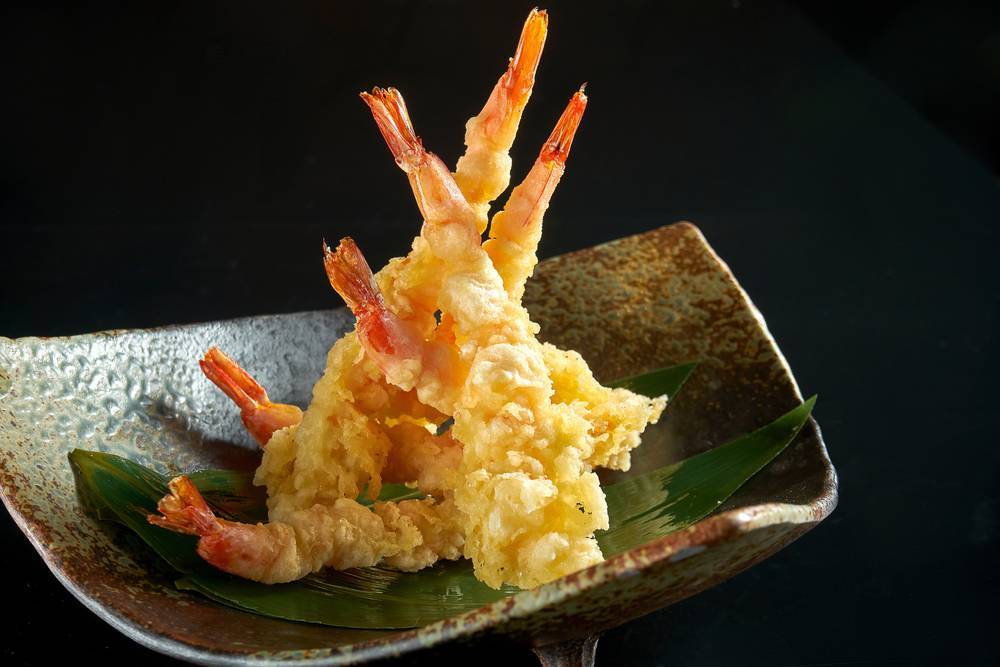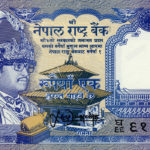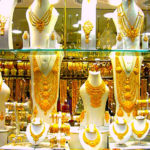Japanese food ‘Tempura’; Special in Tokyo
Tempura(天ぷら) is a traditional food in Japan specifically the Tokyo prefecture. It is one of the “Edo Delicacies” and is an indispensable part of Japanese foods. Along with Negima Nabe, Kusaya, Bekko Sushi, Fukagawa-meshi, Shinagawa-meshi, Chanko Nabe, Edomae Sushi, and Monjayaki, Tempura is part of Tokyo’s representative dishes.
Originally, the Japanese in Nagasaki City in Nagasaki Prefecture acquired the deep-frying with breading and batter from Portuguese missionaries and merchants. But, the whole dish is a Tokyo style during the Edo period.
Tempura is a typical Japanese dish usually consisting of seafood, meat, and vegetables that have been battered and deep-fried. Japanese used various seafood and vegetables as the ingredients in traditional style. It is not only popular with Japanese people but also with tourists.

Tempura is now an indispensable part of Japanese food. It is a popular dish coined as one of the “Japanese food that you want to eat” and “Japanese food that was delicious” from foreign tourists. You can find it in many restaurants across the country. Served as a main dish, side dish, or as a topping for tendon rice bowls, or udon and soba noodle dish.
You will conclude that the dish came originally from Japanese but once you’ve learned its past, you will realize that another country influenced it. You can write Tempura in Japanese hiragana like this (天ぷら). The word ‘Tempura’ may originate from the word “tempora,” a Latin word meaning “times,” or “time period.” Both Spanish and Portuguese missionaries used this word to refer to the Ember Days (ad tempora Quadragesima), Fridays, and other Christian holy days.
The dish has gained popularity in southern Japan; it became widely used to refer to any sort of food prepared using hot oil, including some already existing Japanese foods.
It was during the Muromachi period that introduced the cooking method of tempura to Japan. Some say that Portugal introduced it first as “Nanban cuisine”. On the other hand, Nagasaki City, is the origin of Japanese tempura. Portuguese during the Azuchi-Momoyama period, the16th century introduced this style in Nagasaki City. The batter at that time is a mixture of flour, eggs, sake, sugar, and salt without using water. The thick fritter-like batter was well-flavored, and it tasted both the ingredients and the batter.
However, during the Edo period (1603-1868), oil was very valuable in Japan. Tempura uses a large amount of oil therefore, it is a luxury item and rarely comes into the mouth of the common people. Around this time, tempura was in the style of sticking freshly fried on a skewer and eating it.
From the end of the Edo period to the Meiji era (1868-1912), instead of stalls, stores such as restaurants and specialty stores began to be set up, and craftsmen who lost their jobs in the Great Kanto Earthquake (Taisho 1923) were all over Japan. They moved to and spread the tempura in front of Edo. Around the same time that it spread from Edo to the whole country, Kansai craftsmen moved to Tokyo and spread Kansai-style tempura.
Today in Japan the mainstream tempura recipes originate from “Tokyo style (Edo style)”. Japan first published the modern tempura recipe in 1671 in the cookbook called “料理献立抄”. After the Meiji period, the Japanese no longer consider tempura as a fast food item but instead, it developed as a high-class cuisine. It has developed over the centuries into a popular Japanese dish both inside and outside of Japan.
TYPES OF TEMPURA
EBI TEMPURA
Ebi or Shrimp/Prawn Tempura has shrimp or prawn as the main ingredient. It is a popular tempura ingredient that can be found on virtually all tempura dishes.
VEGETABLE TEMPURA
Vegetable Tempura includes Nasu (eggplant), kinoko (mushrooms), kabocha (pumpkin), shisho (perilla), and satsumaimo (sweet potato). Nasu Tempura has eggplant as its main ingredient. Nasu is Japanese eggplants or aubergines. Depending on the size of the Nasu, you may either sliced it into rounds, cut in half, or cut into a fan shape before you battered and deep-fried it. Kinoko Tempura has mushrooms and they are popular ingredients for tempura. You can use different types of mushrooms especially, shiitake and maitake.
While Kabocha Tempura is a Japanese pumpkin with a thin, typically dark green skin and orange flesh. The skin is left on when cooking and is eaten together with the flesh. Thin, sweet, and starchy wedges of kabocha tempura are common items on tempura menus. Satsumaimo is a type of Japanese sweet potato with purple skin and yellow flesh. When you use it for tempura, it is slice thinly leaving the skin alone. Like kabocha, satsumaimo are sweet and starchy.
SAKANA TEMPURA
Sakana or Fish Tempura includes small fillets or whole small fish made into tempura pieces. Typically, locals use whitefish such as Japanese whiting, whitebait, goby, and sweetfish.
KAKIAGE TEMPURA
The last type of is Kakiage. Kakiage is a type of tempura patty made out of a variety of julienned vegetables and seafood mixed in tempura batter and deep-fried. It can be as an appetizer or side dish, or as a topping over rice or noodles.
TEMPURA RECIPE
The common ingredient of Tempura is the shrimp or the prawn but do you know you can also make any other types of it? There are many standard ingredients such as shrimp and squid seafood, pumpkin, and eggplant vegetables. The vegetable ingredients, you can fry it lightly in a short time so you can enjoy the original taste of vegetables.
In making vegetable tempura, the Japanese used vegetables like bitter gourd, celery leaves, mushrooms, pumpkin, parsley, red pickled ginger, Japanese ginger, and many more. In terms of making fish tempura, the fish ingredients include raw pike conger roll, cod, sardine tsukudani, and etc.
HOW TO EAT TEMPURA?
Serving Tempura starts with lighter flavored items like shrimp and fish, before moving towards stronger flavored items like root vegetables. You can eat the whole fish and shrimp tempura however, some people leave the heads and tails. They are usually individually seasoned with salt or dipped into a dipping sauce before eaten. Usually, only one of the two types of seasonings is available, depending on the shop. While dipping it onto the sauce, a small bowl of grated daikon (giant white radish) should accompany it.
Tendon rice bowls are served with sweet and savory sauce already drizzled over the tempura and usually come with pickles and miso soup. There is no need to further season it. It is also served as toppings in noodle soups and they do not come with any additional seasonings.
Japanese have a proper etiquette on how to eat something with chopsticks. In case of Tempura, before putting your chopsticks onto your mouth, you should cut it into biteable-sized as much as possible. It is not advisable to put it all in your mouth and then just chew it. This practice is an exception for those foods that are hard to cut with chopsticks, like squid.
There are rules when serving tempura. It is a rule that the tasting is from light to the front. By eating from light-tasting to deep-tasting, you can enjoy the taste of each tempura ingredient. Therefore, it is good manners to eat tempura from the front instead of eating it from your favorite ingredients.













फेसबुकबाट कमेन्ट गर्नुहोस्